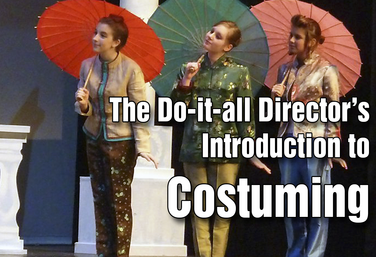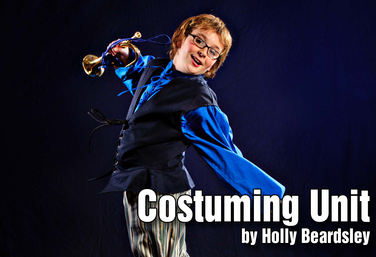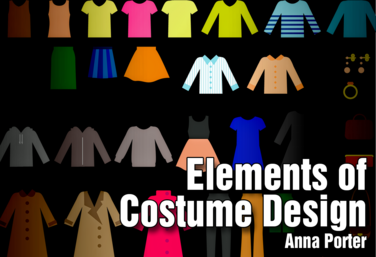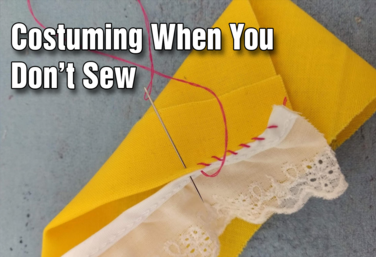Courses

The Do-it-All Director's Introduction to Costuming
by Holly Beardsley
Units

Costuming
by Holly Beardsley

Costuming
by Josh Hatt

Elements of Costume Design *Hyperdoc
by Anna Porter

Tech Theatre Unit: Costuming When You Don't Sew
by Drama Teacher Academy
Lesson Plans
Costuming: Fashion Trends Onstage
by Holly Beardsley
Costuming: The Colour Wheel
by Holly Beardsley
Emergency Lesson Plan: How Costumes Affect Your Character
by Kerry Hishon
How Costumes Affect Your Character - Practical Exploration
by Kerry Hishon
Real World Applications: Dressers
by Lindsay Price
Costuming Your Show for Under $50
by Kerry Hishon
Costume Challenge - Rehearsal Blacks Elevated
by Kerry Hishon
Resources
3 - Props & Costumes
- Costume List Sample (Little Mermaid)
- Costume List Sample (Big Bad Musical)
- Costume List Sample (Tarzan)
- Costume List Template
- Costume Plot Sample (Little Mermaid)
- Costume Measurement Guide
- Costume Measurement Template
- Props List Sample (Tarzan)
- Costume List Tarzan - Editable
- Props List Tarzan - Editable
Tech Hacks and Exercises
